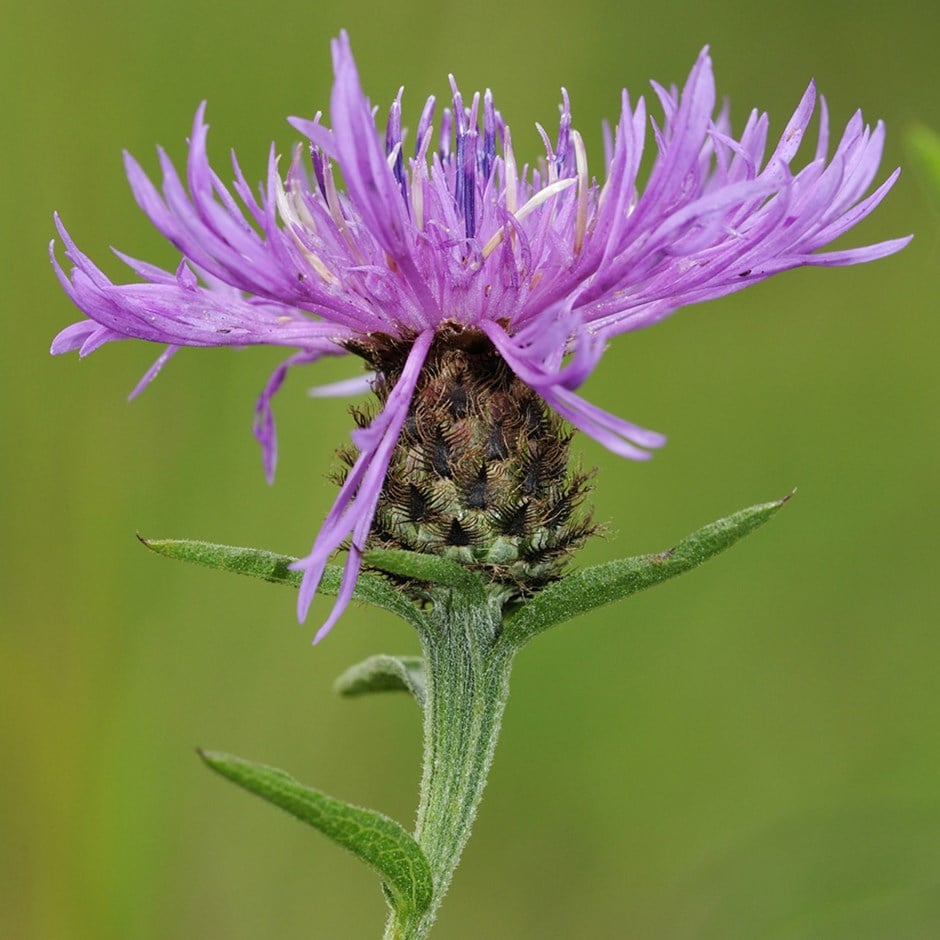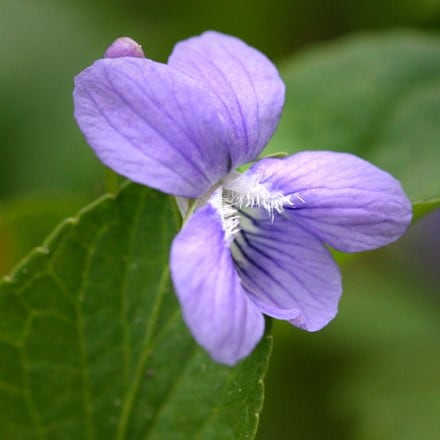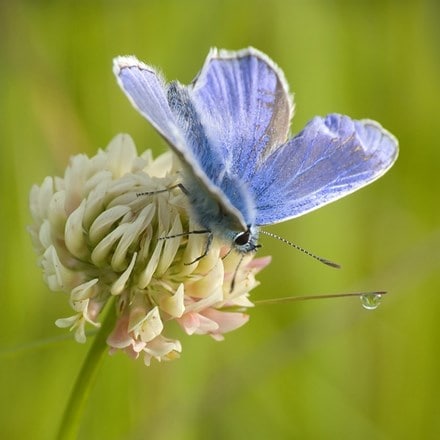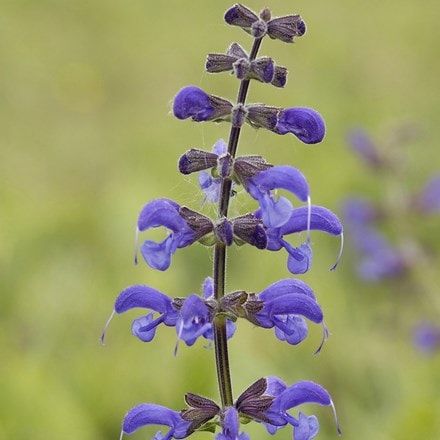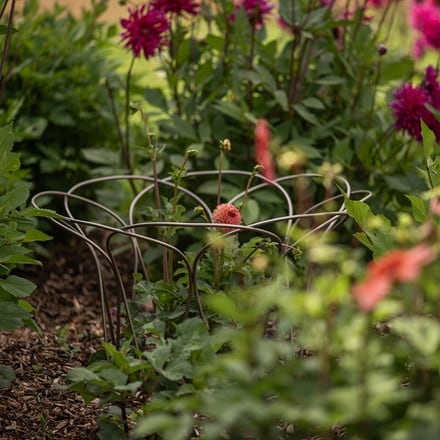Centaurea nigra
common knapweed
- 9cm pot
- £7.99
- In stock (shipped within 2-3 working days)
- 3 × 9cm pots
- £18.99 £6.33 each
- In stock (shipped within 2-3 working days)
- 6 × 9cm pots
- £34.99 £5.83 each
- In stock (shipped within 2-3 working days)
- approx 20 seeds
- £2.24 £2.99
- In stock (shipped within 2-3 working days)
Delivery options
- Standard £5.99
- Position: full sun or partial shade
- Soil: moist but well-drained soil
- Rate of growth: aAverage
- Flowering period: June to September
- Hardiness: fully hardy
This native grassland perennial can be found colonising meadows, scrub, and woodland edges. A tough (and often variable wildflower), knapweed will typically produce a whorl of brown/black bracts, which is topped with a light purple-pink (occasionally white) inflorescence. Definitely a worthy contender for a wildlife-friendly garden where birds and bees are welcomed, Centaurea nigra will freely self-seed once settled into a good spot.
Cornflowers prefer poorer soils, so do not use fertiliser. Support taller stems if necessary and deadhead regularly to prolong flowering. In autumn cut the faded flower heads down to the ground and compost the dead stems. Seeds sown in autumn and over-wintered in a cold frame will produce plants that will flower earlier in the year than those sown in spring.
Surface-sow seeds in trays filled with good quality compost, and germinate at 50-61°F (10°C-16°C). Pot on when they have put on their first true leaves and harden off before planting out after the frosts have passed. Alternatively, sow directly in late spring or early summer, and thin out to 30cm as they grow.
